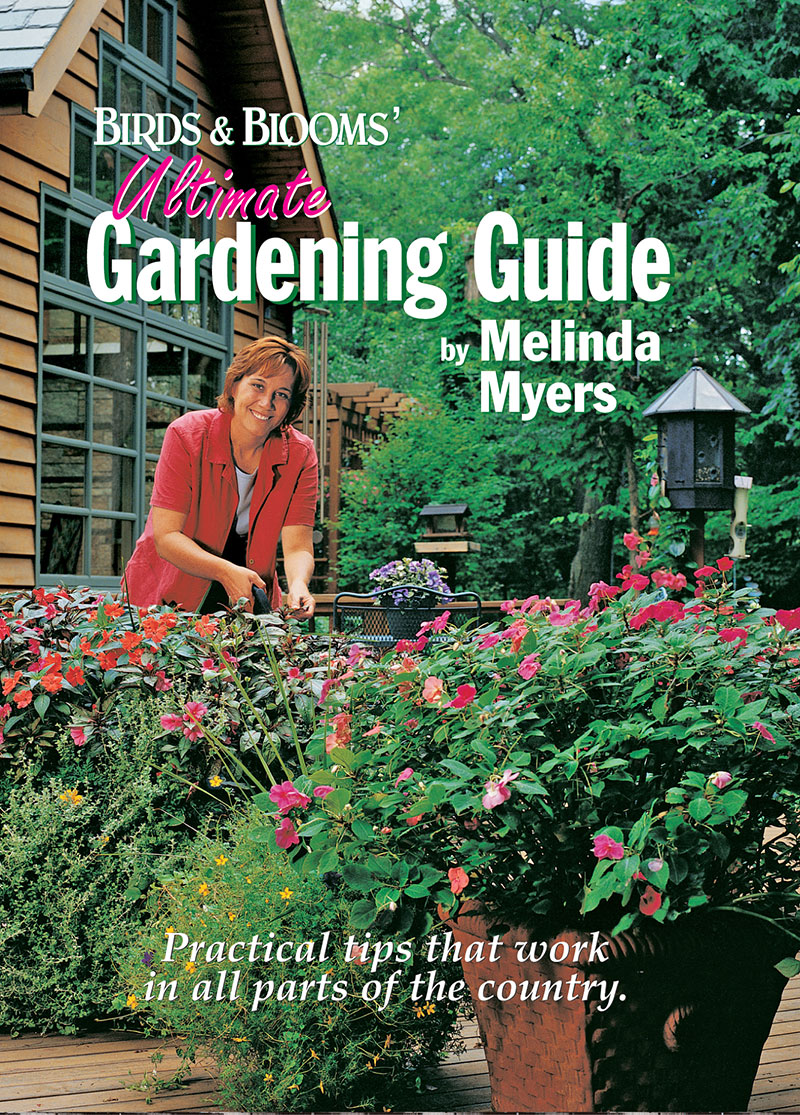Growing Black-eyed Susans (Rudbeckias)
Fond memories and easy care may come to mind when you hear the name Black-eyed Susans (Rudbeckias). There are more than 20 different annual, biennial and perennial species and most tolerate clay soil, drought and the deer tend to leave them be.
The brown cone, in the midst of the yellow petals, inspired the name black-eyed Susan. It’s commonly used for all Rudbeckias. You and the pollinators will enjoy flowers most of the summer and even into the fall.
Leaf spot diseases have wreaked havoc on the popular Goldsturm variety. Infected plants survive, the finches still eat the seeds, but the leaves look awful by late summer. Avoid the problem by growing resistant varieties like the compact Little Goldstar and Viette’s Little Suzy.
Or go big with Rudbeckia ‘Herbstonne’. It grows 4 to 7 feet tall and the 3 to 4” daisy-like flowers have drooping yellow petals and a green center.
A bit more information: Grow rudbeckias with other native plants like asters, coneflowers and liatris or native grasses like switchgrass and prairie dropseed. They also combine nicely with nonnative perennials like sedum, red hot poker, yarrow and fountain grass.
Related
Categories
Upcoming Live Events
& Webinars
April 27, 2024
Ridges & Rivers Book Festival
Viroqua, WI
Register now
April 28, 2024
Flowering Trees and Shrubs
Ebert's Greenhouse Village, Ixonia, WI
May 1, 2024
FREE WEBINAR
Ornamental Fruits and Vegetables
Register now
May 4, 2024
Garden U 2024
New Richmond, WI
Register now
May 9, 2024
FREE WEBINAR
How to Plant Your Rain Garden
Register now
May 11, 2024
Ask The Plant Doctor Q & A
Ebert's Greenhouse Village, Ixonia, WI
May 12, 2024
Ask The Plant Doctor Q & A
Ebert's Greenhouse Village, Ixonia, WI
May 18, 2024
Ask The Plant Doctor Q & A
Ebert's Greenhouse Village, Ixonia, WI
June 1, 2024
Selecting, Planting, Pruning and Caring for Hydrangeas
Ebert's Greenhouse Village, Ixonia, WI
June 5, 2024
FREE WEBINAR
Under-Appreciated Pollinators
Register now
WATCH ON-DEMAND WEBINARS
Learn More




















